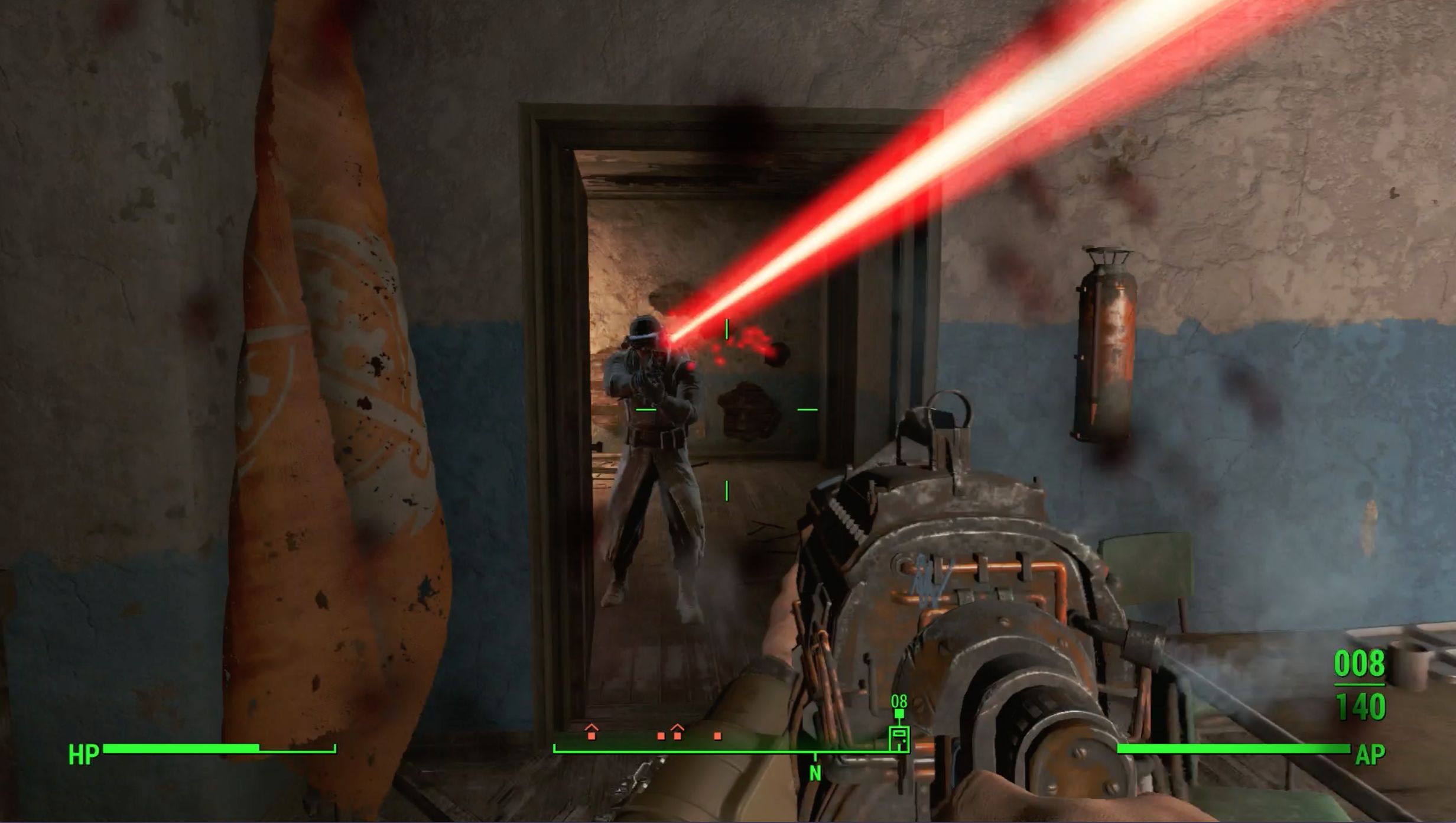

Imagine a straight-faced The Settlers and you’re getting there. The core play is that of nurturing a medieval settlement into a city, adding and upgrading buildings with various functions and attempting to keep your resources balanced and your inhabitants happy. The wider campaign sees you carry out many smaller missions as you make contact with the exotic East, while scenarios offer general victory conditions and a less linear feel.
A thin manual provides scant guidance as to how Anno’s (or Dawn of Discovery's in the US) mechanics work, so it’s easy to make mistakes but not so easy to figure out where you’ve gone wrong. For example, we’ve been ordered to supply linen to a Count preparing for a crusade so, first, we need to build a hemp plantation, then plant hemp fields – the latter, like too much in the game, is a pointless piece of busy work as it just involves clicking a button to automatically place the fields. Next, we need a weaver’s hut to make linen from the hemp. So, we place a hut and build a road to connect it to the plantation and... nothing happens.
After fiddling with various buttons for a good ten minutes, we can find no good reason for this. So, we demolish the hut and build a new one on an existing road and this time get a congratulatory message from our advisor telling us how busy our weaver’s going to be. We still don’t know why. Veteran players may be smirking at what a dullard we are; we think it reveals much about the complacent and tired design, with trial and error scoring over logic and intuition far too many times.
There is a certain charm to the dinky people going about their business, and a lot of pretty detail to revel in, but this familiar collection of well-worn elements only preaches to the converted, offering little to attract new believers. The joys that might have been gleaned from the epic sweep of city-building are overwhelmed by a constant stream of fussy little tasks to juggle, tasks that also lift you right out of whatever grand goal you’re pursuing.
Jun 25, 2009




 Balrog and Vega Sing About Team Kuma, Street Fighter X Tekken
Balrog and Vega Sing About Team Kuma, Street Fighter X Tekken FIFA 16: Create and customize your own players
FIFA 16: Create and customize your own players Cities: Skylines (PC) walkthrough
Cities: Skylines (PC) walkthrough How to get 100% Watch Dogs Completion
How to get 100% Watch Dogs Completion The 8 Best Devices for Streaming Movies to Your TV
The 8 Best Devices for Streaming Movies to Your TV